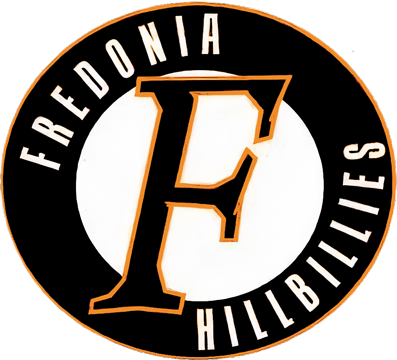It is well known that participating in sports can be a highly rewarding experience.
However, there are certain risks an athlete must face while involved in competitive athletic situations. One of these risks is the potential for injury. While most injuries are minor and heal over time, one cannot overlook the seriousness of head injuries.
Head injuries may occur in a number of ways: Contact with another player, contact with the ground or other equipment or a sudden movement or rotation of the head without a force. A mild brain injury may produce various signs and symptoms, which include dizziness, headache, nausea, and blurry vision. A more serious trauma to the head may result in loss of memory and/or brain function. Other types of head injuries can cause small tears and result in bleeding in the brain, a sub dermal hematoma. If a player returns to competition too soon, he or she may also be in danger of second impact syndrome, in which a mild head injury can become potentially fatal. Head injuries in school interscholastic athletic programs have increased in numbers as the level of competition has risen. Fredonia Central School does have Head Injury Policy in place that can be accessed on line or you can pick up a copy in the District Office. Therefore, Fredonia has taken precautions to ensure the safety of all athletes:
The pre-participation examination health questionnaire screens all athletes for a history of their head injuries. Please give as much information as possible about any head injury that may have occurred in the past.
All coaches make certain that an athlete who has experienced a head injury is immediately brought to attention of parents and EMS personal.
Any athlete at any level, who suffers a head injury, is required to follow the Board of Education Concussion Policy guidelines before returning to play.
